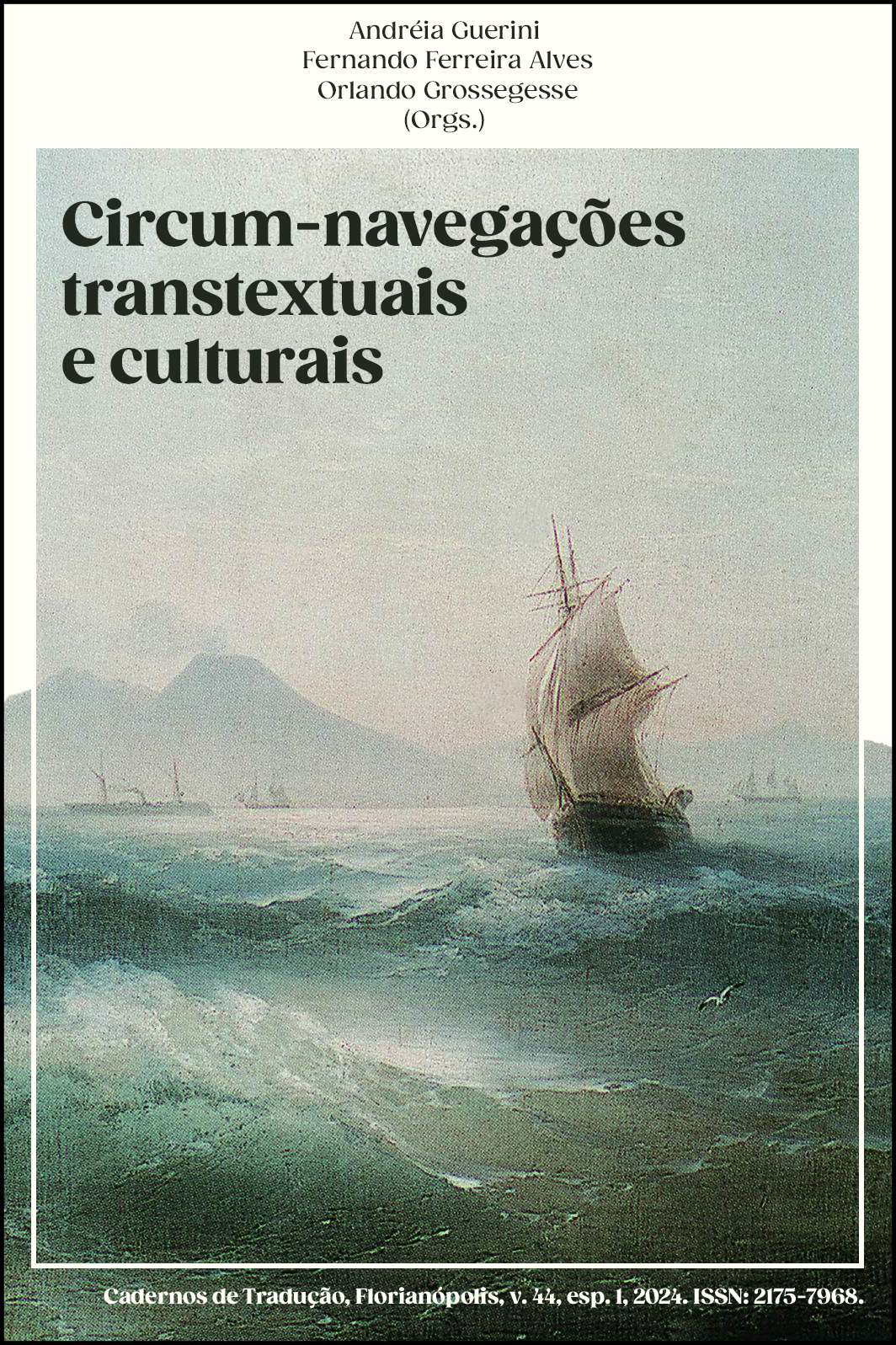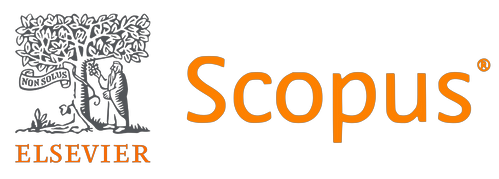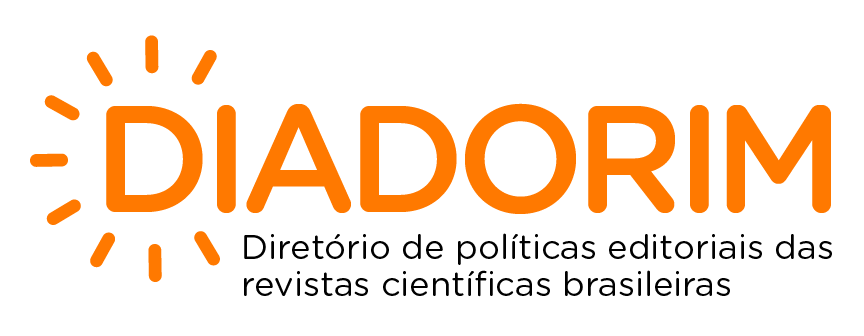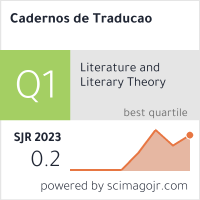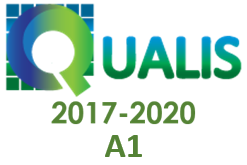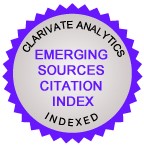Análisis de aperturas en interpretación telefónica: estudio de caso
DOI:
https://doi.org/10.5007/2175-7968.2024.e93854Palavras-chave:
interpretación remota, interpretación telefónica, aperturas, chino-español, formaciónResumo
El presente estudio se centra en un aspecto concreto de la interpretación telefónica (IT), una forma de interpretación remota que está ganando gran popularidad en el mercado de la interpretación. El principal objetivo de este artículo se centra en el análisis de las principales diferencias entre las aperturas de llamadas de teléfonos fijos y móviles, y más concretamente las llamadas a móviles de un servicio de interpretación telefónica en la toma de contacto de la operadora de la empresa proveedora de servicios (OP) telefónicos con el intérprete antes de pasar a prestar el servicio al cliente. Los datos provienen de 23 conversaciones reales realizadas por los intérpretes de chino y español en una empresa que presta servicios de IT. El estudio sigue una metodología cualitativa, basada en el análisis de esos primeros contactos en dichas conversaciones grabadas y transcritas. Los sujetos de estudio son intérpretes profesionales con experiencia en ambas modalidades de interpretación, presencial y telefónica, y la temática de las conversaciones se limita en nuestro estudio a la asistencia en carretera. A partir de los resultados se pretende establecer información para diseñar acciones formativas.
Referências
Amato, A. A. M. (2018). Telephone Interpreting: Challenges and Solutions: Some Paradigmatic Examples. In A. A. M. Amato, N. Spinolo, & M. J. G. Rodríguez (Eds.), Handbook of Remote Interpreting (pp. 79−101). Università di Bologna.
Amato, A. A. M. (2020). Interpreting on the phone: interpreter’s participation in healthcare and medical emergency service calls. InTRAlinea: online translation journal, (Special ed.). http://www.intralinea.org/specials/article/2519
Andres, D., & Falk, S. (2009). Remote and telephone interpreting. In D. Andres & S. Pollabauer (Eds.), Spürst Du wie der Bauch rauf runter? / Is everything all topsy turvy in your tummy?: Fachdolmetschen im Gesundheitsbereich / Health Care Interpreting (pp. 9−27). Martin Meidenbauer.
Arminen, I. (2005). Sequential order and sequence structure: The case of incommensurable studies on mobile phone calls. Discourse Studies, 7(6), 649−662. https://doi.org/10.1177/1461445605055421
Arminen, I., & Leinonen, M. (2006). Mobile phone call openings: Tailoring answers to personalized summonses. Discourse Studies, 8(3), 339−368. https://doi.org/10.1177/146144560606179
Bercelli, F., & Pallotti, G. (2002). Conversazioni telefoniche. In C. Bazzanella (Ed.), Sul dialogo: Contesti e forme di interazione verbale (pp. 177−192). Guerini.
Bowles, H., & Pallotti, G. (2004). Conversation analysis of opening sequences of telephone calls to bookstores in English and Italian. Textus, 17(1), 63−88.
Braun, S., & Taylor, J. (2012). Video-mediated interpreting: An overview of current practice and research. In S. Braun & J. Taylor (Eds.), Videoconference and remote interpreting in legal proceedings (pp. 33–68). Intersentia.
Braun, S. (2015). Remote interpreting. In F. Pöchhacker (Ed.), Routledge Encyclopedia of Interpreting Studies (pp. 346-348). Routledge.
Brink, E. K. (2014). An exploratory study on telephone interpreting in the Western Cape healthcare sector. [Trabajo de fin de máster]. Stellenbosch University. http://hdl.handle.net/10019.1/95873
Costa, H., Corpas Pastor, G., & Duran Muñoz, I. (2014). Technology Assisted Interpreting. Multilingual, 143, 27–32.
Fantinuoli, C. (2019). The technological turn in interpreting: challenges that lie ahead. In W. Baur & F. Mayer (Eds.), Übersetzen und Dolmetschen 4.0: Neue Wege im digitalen Zeitalter / Translating and Interpreting 4.0: New Ways in the Digital Age (pp. 334-354). BDÜ Fachverlag.
Fantinuoli, C. (2021). Conference interpreting and new technologies. In M. Albl-Mikasa & E. Tiselius (Eds.), Routledge Handbook of Conference Interpreting. Routledge.
Fernandez Pérez, M. (2015). Designing role-play models for Telephone interpreting training. MONTI. Monografías de Traducción e Interpretación, (Special Issue 2), 1−19. https://doi.org/10.6035/MonTI.2015.ne2.10
Fernández Pérez, M., & Toledano Buendia, C. (2018). Contextualisation in telephone interpreting. Quaderns. Revista de Traducció, 25, 231–244.
Gaber, M., & Corpas, G. (2021). Las tecnologías de interpretación a distancia en los servicios públicos: uso e impacto. In E. Postigo Pinazo (Ed.), Interpreting in a Changing World: New Scenarios, Technologies, Training Challenges and Vulnerable Groups (pp. 66–67). Peter Lang.
García Luque, F. (2009). La interpretación telefónica en el ámbito sanitario: realidad social y reto pedagógico. REDIT: Revista electrónica de didáctica de la traducción y la interpretación, (3), 18−30. https://doi.org/10.24310/REDIT.2009.v0i3.1920
Gracia-García, R. (2002). Telephone interpreting: a review of pros and cons. In S. Brennan (Ed.), Actas de la 43 ª Conferencia Anual (pp. 195−216). American Translators Association.
Hlavac, J. (2013). Should interpreters be trained and tested in telephone and video-link interpreting? Responses from practitioners and examiners. International Journal of Interpreter Education, 5(1), 34−50.
Hutchby, I., & Barnett, S. (2005). Aspects of the sequential organization of mobile phone conversation. Discourse Studies, 7, 147−171. https://doi.org/10.1177/1461445605050364
Jiménez Castaño, A. J. (2015). La interpretación telefónica en los servicios públicos. [Trabajo de fin de máster]. Universidad Autónoma de Barcelona.https://core.ac.uk/download/pdf/78534825.pdf
Kelly, N. (2008). Telephone Interpreting: A Comprehensive Guide to the Profession. Trafford Publishing.
Lee, J. (2007). Telephone Interpreting Seen from the Interpreters’ Perspective. Interpreting, 9(2), 231–252. https://doi.org/10.1075/intp.9.2.05lee
Luque Martín, M. (2008). La interpretación telefónica en España. Hermēneus. Revista de Traducción e Interpretación, 10, 256−256.
Määttä, S. (2018). Accuracy in telephone interpreting: the case of French as a lingua franca in Finland. The Interpreters' Newsletter, 23, 1−17. http://10.0.51.81/2421-714X/22396
Masland, M. L., Lou, C., & Snowden, L. (2010). Use of Communication Technologies to Cost-Effectively Increase the Availability of Interpretation Services in Healthcare Settings. Telemedicine Journal and e-Health, 16(7), 739–745. https://doi.org/10.1089/tmj.2009.0186
Mouzourakis, P. (2006). Remote interpreting: a technical perspective on recent experiments. Interpreting, 8, 45–66. https://doi.org/10.1075/intp.8.1.04mou
Ozolins, U. (2011). Telephone interpreting: Understanding practice and identifying research needs. International Journal for Translation and Interpreting Research, 3(1), 33−47.
Pallotti, G., & Varcasia, C. (2008). Service telephone call openings: a comparative study on five European languages. Journal of Intercultural Communication, 8(2), 1–25. https://doi.org/10.36923/jicc.v8i2.463
Pérez Carrasco, M. (2021). La interpretación telefónica: estrategias para optimizar las competencias del intérprete. In E. Postigo Pinazo (Ed.), Interpreting in a Changing World: New Scenarios, Technologies, Training Challenges and Vulnerable Groups (pp. 111−131). Peter Lang.
Rosenberg, B. (2007). A Data Driven Analysis of Telephone Interpreting. In C. Wadensjö, B. Englund-Dimitrova & A. Nilsson (Eds.), Proceedings of the 2nd International Conference on Interpreting Legal Proceedings (pp. 65−76). John Benjamins.
Roziner, I., & Shlesinger, M. (2010). Much ado about something remote: Stress and performance in remote interpreting. Interpreting, 12(2), 214–247. https://doi.org/10.1075/intp.12.2.05roz
Sacks, H., Schegloff, E., & Jefferson, G. (1978). A Simplest Systematics for the Organization of Turn Taking for Conversation. In J. Schenkein (Ed.), Studies in the Organization of Conversational Interaction (pp. 7-55). Academic Press.
Schegloff, E. A. (1979). Identification and Recognition in Telephone Conversation Openings. In G. Psathas (Ed.), Everyday Language: Studies in Ethnomethodology (pp. 23−78). Irvington.
Schegloff, E. A. (2002). Reflections on Research on Telephone Conversation: Issues of Cross-Cultural Scope and Scholarly Exchange, Interactional Import and Consequences. In L. K. Kwong & T. Pavlidou (Eds.), Telephone Calls: Unity and Diversity in Conversational Structure Across Languages and Cultures (pp. 249−281). John Benjamins.
SHIFT. (2018). IO3 Remote Interpreting Services: Future or Present? Results of A Market Survey in Italy, Spain and the United Kingdom. SHIFT in Orality Newsletter, (2), 1−314.
Skinner, R., Napier, J., & Braun, S. (2018). Mapping of the Field. In R. Skinner, J. Napier, & S. Braun (Eds.), Here or There: Research on Interpreting Via Video Link (pp. 11−35). Gallaudet University Press. https://doi.org/10.2307/j.ctv2rh2bs3
Taibi, M. (2015). El intérprete en los servicios públicos, entre la primera y la tercera persona. Tonos digitales: Revista de estudios filológicos, 28, 1−19.
Torres Díaz, G. (2011). La interpretación telefónica. El intérprete como coordinador: estudio de unas interacciones telefónicas. Mutatis Mutandis: Revista Latinoamericana de Traducción, 7(2), 401−417.
Valero-Garcés, C. (2018). TISP y tecnología: Retos en la era digital. In C. Valero-Garcés (Ed.), TISP y Tecnología: Retos en la era digital (pp. 1–12). Servicio de Publicaciones de la Universidad de Alcalá.
Valero-Garcés, C., & Li, J. (2022). La interpretación telefónica y presencial chino-español: Estudio de caso. Pragmalingüística, 30, 463−482. https://doi.org/10.25267/Pragmalinguistica.2022.i30.22
Wang, J. (2018). It keeps me on my toes: Interpreters’ perceptions of challenges in telephone interpreting and their coping strategies. Target, 30(3), 430−462. https://doi.org/10.1075/target.17012.wan
Xu, H., Hale, S., & Stern, L. (2020). Telephone interpreting in lawyer-client interviews: An observational study. Translation and Interpreting, 12(1). https://doi.org/10.12807/ti.112201.2020.a02
Downloads
Publicado
Como Citar
Edição
Seção
Licença
Copyright (c) 2023 Cadernos de Tradução

Este trabalho está licenciado sob uma licença Creative Commons Attribution 4.0 International License.
Autores mantêm os direitos autorais e concedem à revista o direito de primeira publicação, com o trabalho simultaneamente licenciado sob a Licença Creative Commons Atribuição 4.0 Internacional (CC BY) que permite o compartilhamento do trabalho com reconhecimento da autoria e publicação inicial nesta revista.
Autores têm autorização para assumir contratos adicionais separadamente, para distribuição não exclusiva da versão do trabalho publicada nesta revista (ex.: publicar em repositório institucional ou como capítulo de livro, com reconhecimento de autoria e publicação inicial nesta revista).

